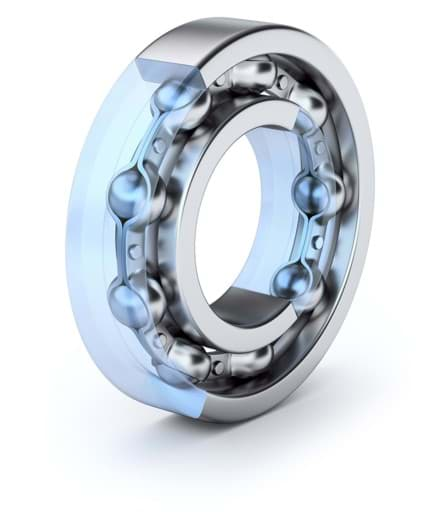Your VAT ID Number: Why You Should Act Now!
The VAT ID (Value Added Tax Identification Number) is essential for your business if you want to make tax-exempt deliveries or services within the EU. It serves as identification between companies and is a crucial component for correct invoicing and tax processing.
Who Needs a VAT ID?
- All Entrepreneurs: In principle, every entrepreneur receives a VAT ID.
- Upon Request: Small business owners, flat-rate farmers, or legal entities without entrepreneurial status only need it for certain cross-border activities.
Benefits of a VAT ID:
- Tax-exempt Intra-Community Deliveries: Provided the VAT ID of the business partner is valid.
- Proper Invoices: It is mandatory for invoices exceeding €10,000 within the country.
- Trust Protection: Verify your partners’ VAT ID and protect yourself against subsequent tax claims.
Important: Verification of Your Business Partners
Since 2020, a valid VAT ID of the recipient is crucial for tax exemption on intra-community deliveries. Use simple online tools like Finanz-Online or VIES for verification.
Act Now!
Ensure that you and your business partners are properly registered to take advantage of tax benefits and ensure legal compliance.
For more information, visit our website or contact us directly – we’re happy to assist you!
VAT IDs in the EU: Structure by Country
- Belgium: BE + 10 digits (e.g., BE123456789)
- Bulgaria: BG + 9 or 10 digits (e.g., BG123456789)
- Denmark: DK + 8 digits (e.g., DK12345678)
- Germany: DE + 9 digits (e.g., DE123456789)
- Estonia: EE + 9 digits (e.g., EE123456789)
- Finland: FI + 8 digits (e.g., FI1234567-8)
- France: FR + 11 digits (e.g., FR123456789)
- Greece: EL + 9 digits (e.g., EL123456789)
- Ireland: IE + 8/9 digits (e.g., IE1234567AB)
- Italy: IT + 11 digits (e.g., IT12345678901)
- Croatia: HR + 11 digits (e.g., HR12345678901)
- Latvia: LV + 11 digits (e.g., LV12345678901)
- Lithuania: LT + 9/12 digits (e.g., LT123456789)
- Luxembourg: LU + 8 digits (e.g., LU12345678)
- Malta: MT + 8 digits (e.g., MT12345678)
- Netherlands: NL + 12 digits (e.g., NL123456789B12)
- Northern Ireland: XI + 9 digits (e.g., XI123456789)
- Austria: AT + U and 8 digits (e.g., ATU12345678)
- Poland: PL + 10 digits (e.g., PL1234567890)
- Portugal: PT + 9 digits (e.g., PT123456789)
- Romania: RO + 10 digits (e.g., RO1234567890)
- Sweden: SE + 12 digits (e.g., SE123456789012)
- Slovakia: SK + 9/10 digits (e.g., SK123456789)
- Slovenia: SI + 8 digits (e.g., SI12345678)
- Spain: ES + 9 digits (e.g., ES123456789)
- Czech Republic: CZ + 8/9/10 digits (e.g., CZ12345678)
- Hungary: HU + 8 digits (e.g., HU12345678)
- Cyprus: CY + 9 digits (e.g., CY12345678A)



